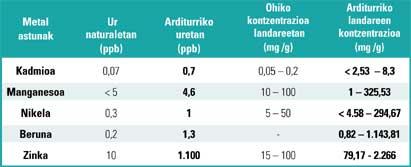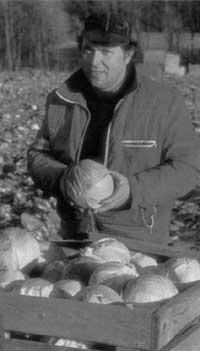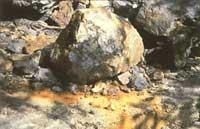Heavy metals in Bogotá
2004/04/01 Mayora Sarasua, Haritz | Goikoetxea Retegi, Ibon Iturria: Elhuyar aldizkaria
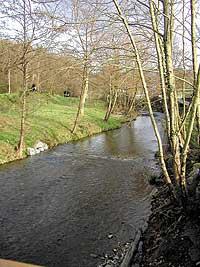
For centuries, man has exploited the goods offered by mother earth and adapted them to his needs. However, in recent years it has realized the scarcity and value of natural resources and the relationship between man and mother earth has become a necessity.
To improve this relationship, greater knowledge of the environment is essential. But there are little known areas and Arditurri is one of them. The mining area of Arditurri was exploited to obtain silver in Roman times and throughout history several mines were carried out following the river Oiartzun.
Arditurri, currently, is part of the natural park of Peñas de Aia. Now the minerals of the area are not exploited, but there are heavy metals on the earth's surface. The waste generated as a result of the exploitation of centuries is very rich in heavy metals, with the risk of entering and dispersing in the trophic network to the detriment of the health of living beings. Although it seems surprising its nature as a natural park, in Arditurri there are contaminated areas.
Mining problemHeavy metals such as lead, zinc, cadmium, copper, manganese, chromium and nickel accumulate on the slopes of the mining area. As usual in the Basque Country, valleys are very narrow, so landfills where metals accumulate are unstable and present a high risk of erosion. In addition, it should be noted that this is a very rainy area. As a result, rainwater leaks heavy metals and, downstream, reaches the Otsamantegi and Arditurri streams, and three kilometers further down they pour into the Oiartzun river.
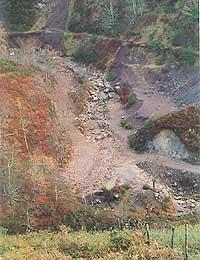
This process has occurred over the centuries, and heavy metals have accumulated in the sediments, feeding on them vegetables and plants. Since living beings are not able to metabolize heavy metals, the concentration of metals in the body has been increasing, a process called bioaccumulation. This accumulation affects the entire trophic network and, as it extends over time, its effect is increasingly negative, as the concentration of heavy metals increases.
Indicator plantsIn situations of pollution such as Arditurri the best indicators are plants. In fact, plants accumulate heavy metals, so the accumulation of metals in plants is a manifestation of environmental pollution.
No plant was chosen as an indicator, but it had to meet certain conditions: it had to be around the water, distributed homogeneously in the stream, and also had to be in critical areas, the galleries.
Four plant species that met these conditions were selected: Cardamine raphanifolia, Juncus effusus, Scirpus holoschoenus and Festuca sp. All of them are herbaceous plants from wet environments. The concentration of heavy metals accumulated in these plants was measured. But not only was this measurement done, but also the concentration in the water.
Historical pollution
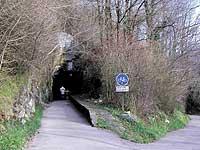
The results showed that in the waters of Arditurri the concentration of heavy metals was high, higher than usual in natural waters. The main polluting agent was zinc, but pollution was not limited only to the mining area but covered the entire Oiartzun River. However, compared to other mining areas, pollution was less pronounced.
Do not forget that the presence of these metals in the water does not benefit the fish fauna, but is harmful. The impact is mainly due to zinc and cadmium, which on the one hand were in high concentration in Arditurri and, on the other, the presence of toxic substances, mainly cadmium.
The plants were no better strained than the rest of the living beings in the water. This is because they contained high concentrations of metals, mainly zinc. This marked the chemical stress of vegetation in the aquatic environment. However, the plants had no signs of toxic effects of metals, at least they were not ill, so the vegetation of Arditurri is adapted to heavy metals.
Nowadays it is essential to take this research as a reference. And it is not possible to repeat the investigation. In a short time the area is changing a lot, the recovery works of the mining complex have drastically altered the ecological state and, among other things, the construction of the reception area of the natural park of Peñas de Aia is expected.

Gai honi buruzko eduki gehiago
Elhuyarrek garatutako teknologia



